As Texas prepares for a heavy rainstorm, residents must also anticipate an unusual threat: toxic foot-long worms capable of regenerating when sliced in half.
According to Ashley Morgan-Olvera, M.S., from the Texas Invasive Species Institute, “It will regenerate, so if you chop it into two pieces, you get two worms.”
Hammerhead Flatworms: A Growing Concern for Pet Owners
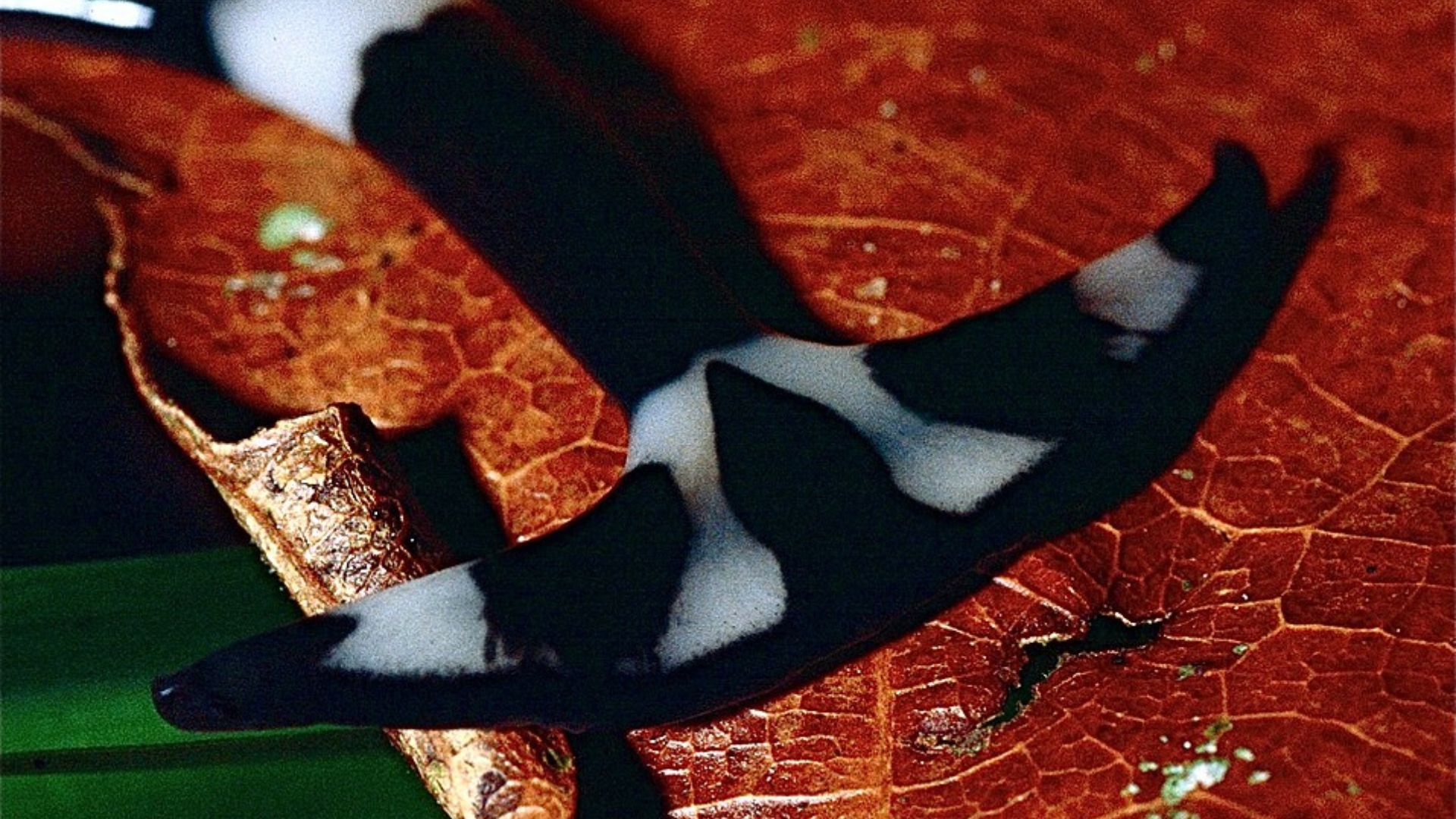
These worms, identified as hammerhead flatworms, can reach up to 12 inches in length and are dangerous to pets.
They carry a neurotoxin similar to that found in deadly puffer fish, which they use to paralyze their prey including earthworms and snails. Handling them could pose significant health risks.
Warning Against Direct Contact
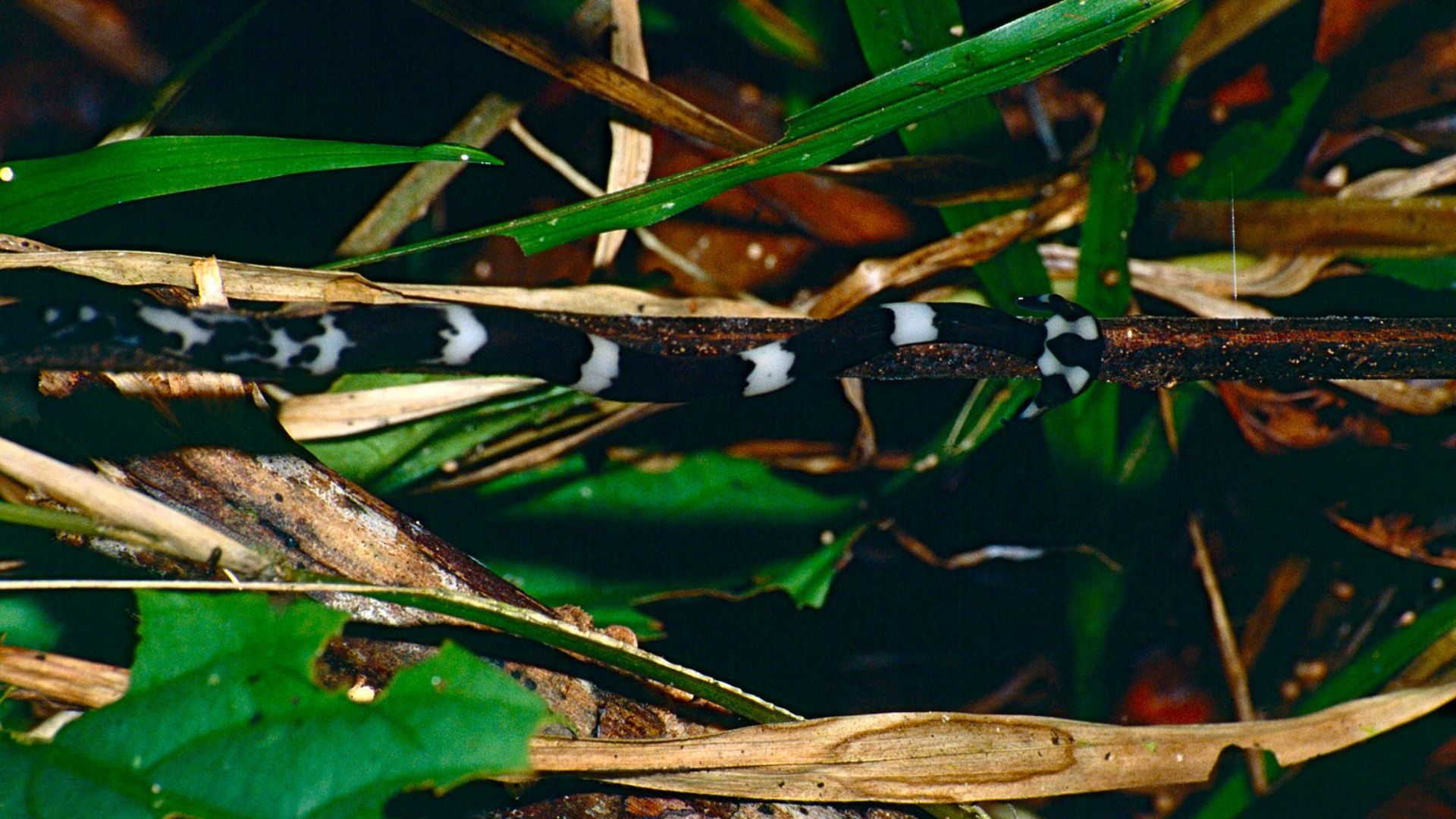
Experts strongly advise against touching these worms due to their ability to secrete a harmful slime.
Dr. Blake Layton Jr., an entomology expert from Mississippi State University, explained the regenerative process, stating, “A portion of the rear of the worm breaks off and grows a new head, producing a new flatworm genetically identical to its parent.”
Where to Find Hammerhead Worms Post-Storm

Post-storm conditions are likely to flush these worms out from their underground burrows.
They thrive in hot, humid environments and are typically found in the dirt or on sidewalks, often seeking dark, moist, and secluded spaces to hide during the day.
The Problem with Cutting Worms
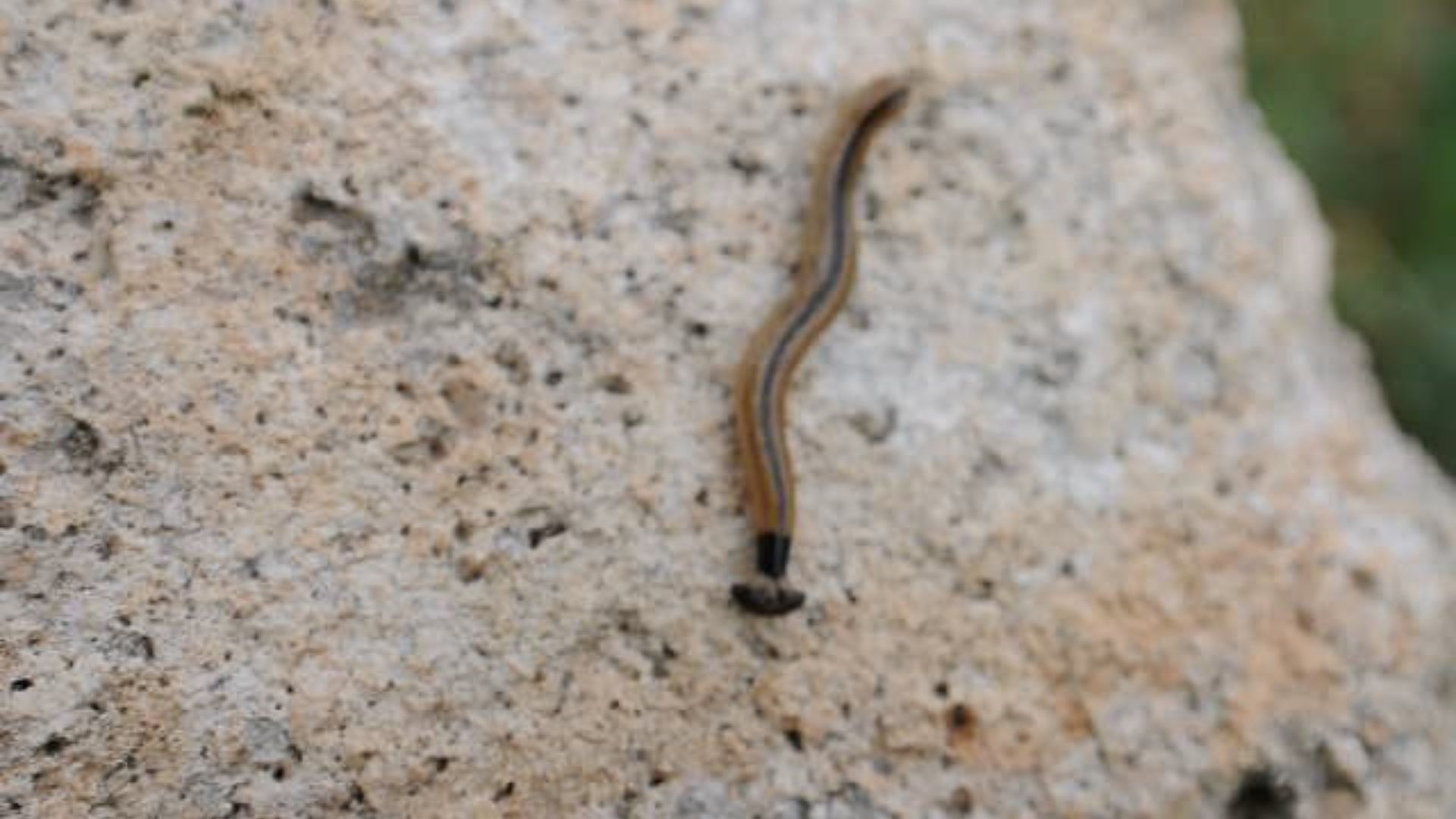
Cutting a hammerhead flatworm does not eliminate it; instead, it triggers a form of asexual reproduction.
This means that slicing one worm can inadvertently lead to the creation of more, complicating efforts to control their population.
Handling Dead Worms

Even when these worms are dead, handling them without protection is ill-advised.
The safe practice is to always wash hands immediately with soap and disinfectant after any potential contact, to avoid transferring any residual toxins.
Effective Methods to Eliminate Hammerhead Worms
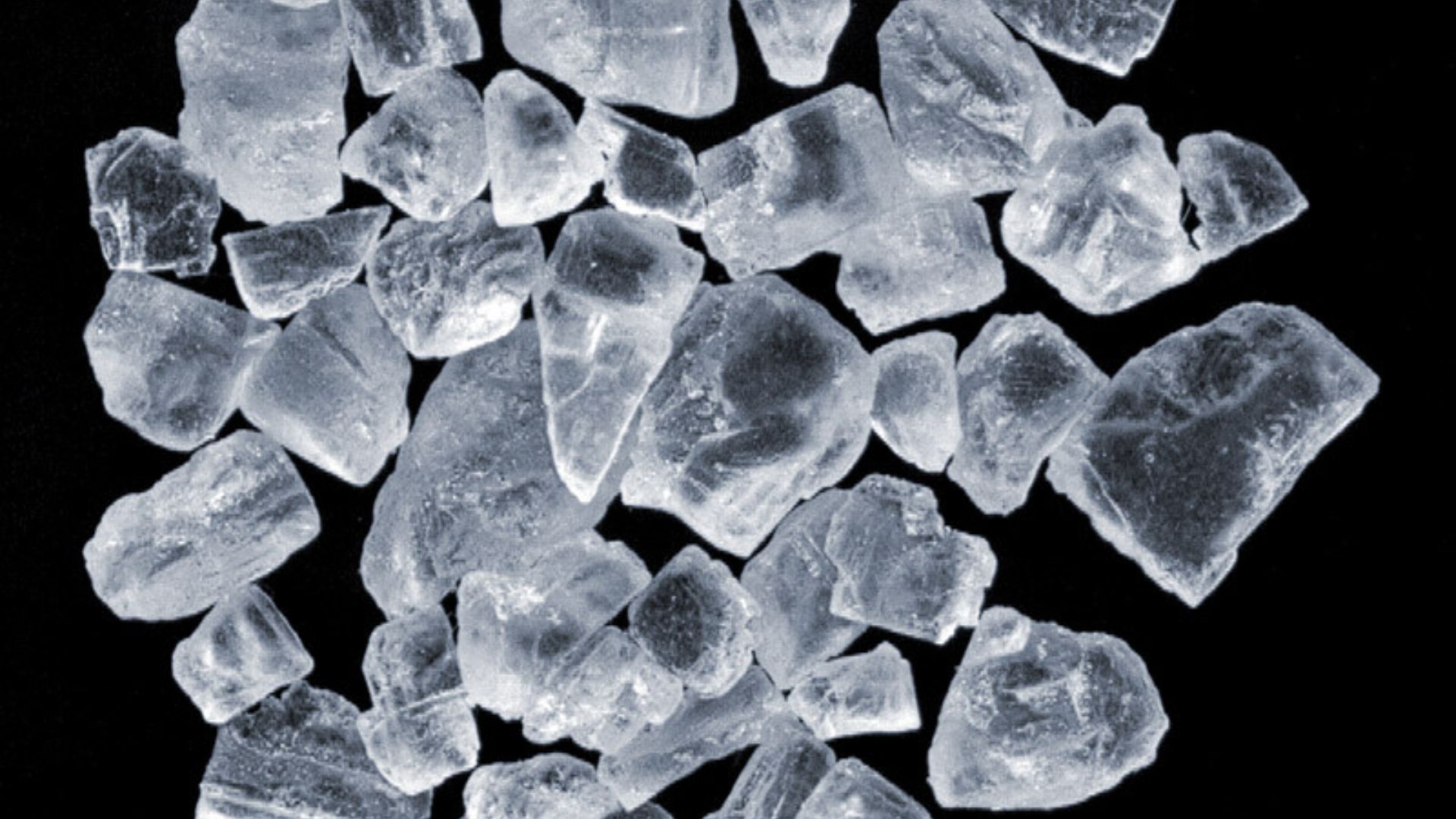
The only proven methods to kill these worms involve using alcohol, vinegar, or salt.
Freezing them before disposal is recommended to ensure they are completely eradicated, preventing any potential regenerative capability from activating.
Additional Risks: Parasite Carriage
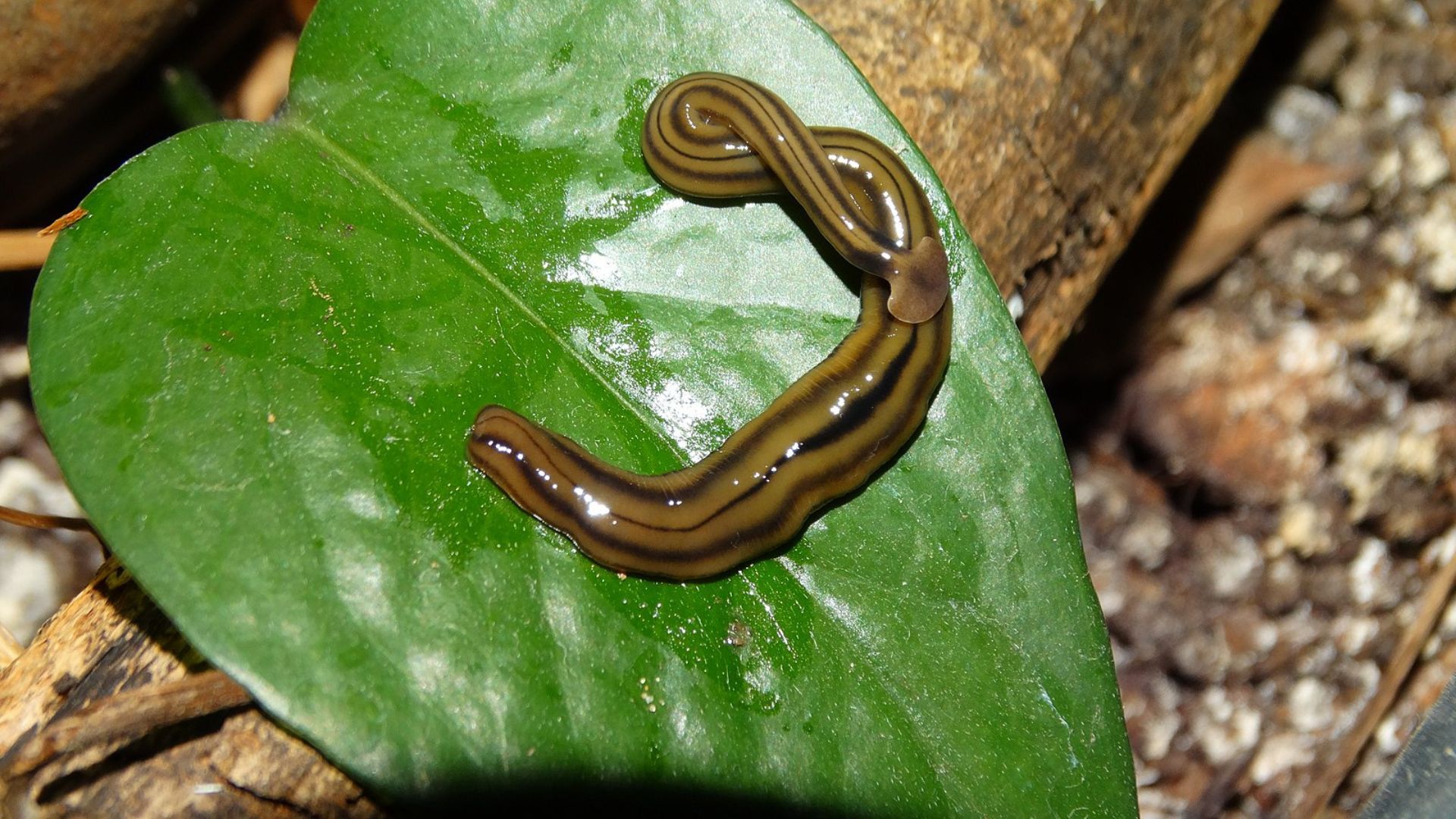
Beyond their toxic and regenerative capabilities, there is a concern that hammerhead worms may also be carriers of parasites.
This adds another layer of risk, particularly after heavy rains, which could increase encounters with these worms.
The Origin of Hammerhead Worms
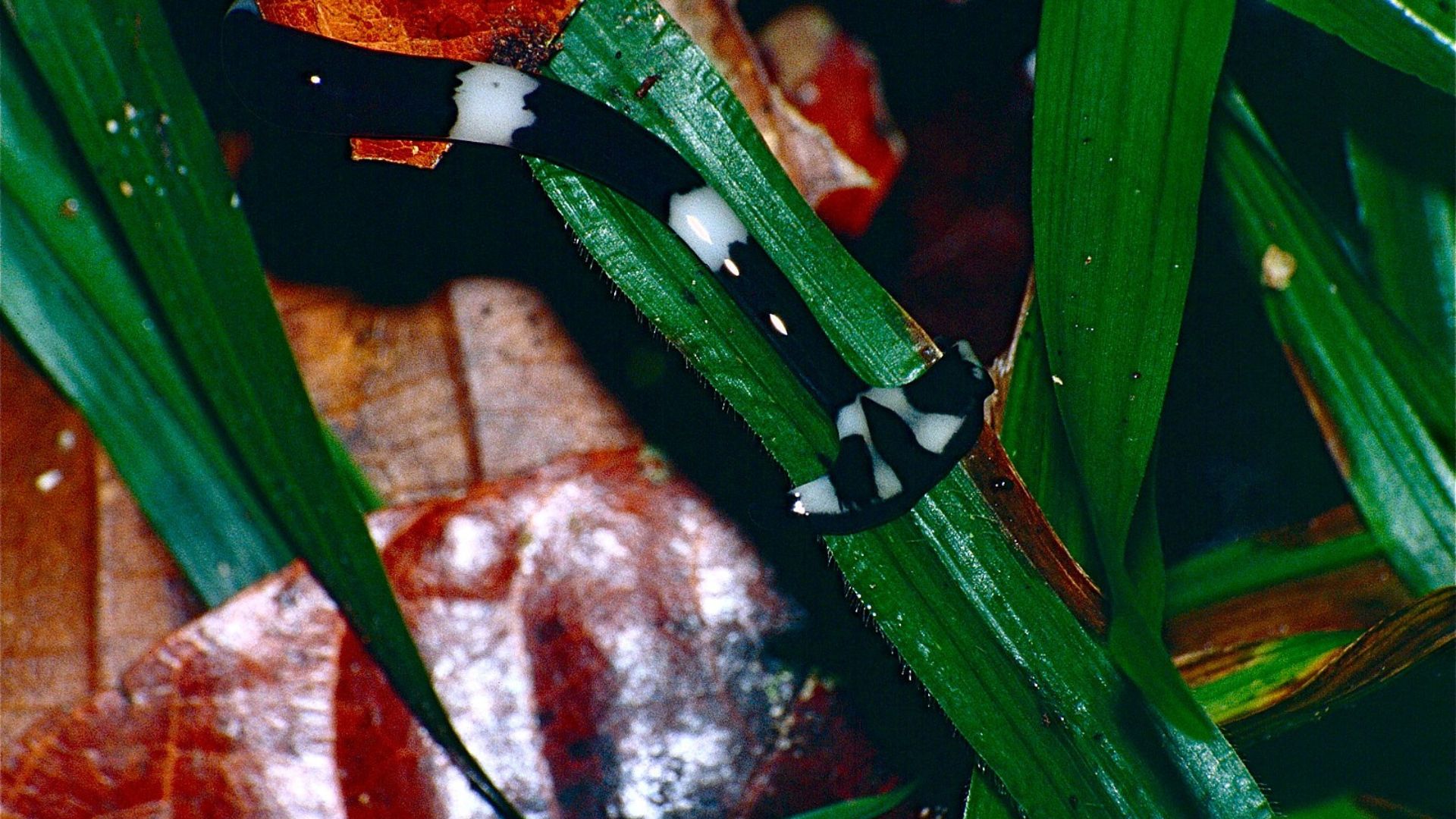
The presence of these worms in America can be traced back to their accidental importation nearly a century ago, likely in the soil of exotic potted plants from Southeast Asia.
This has allowed them to establish populations far from their native habitat.
A Widespread Issue Across the United States
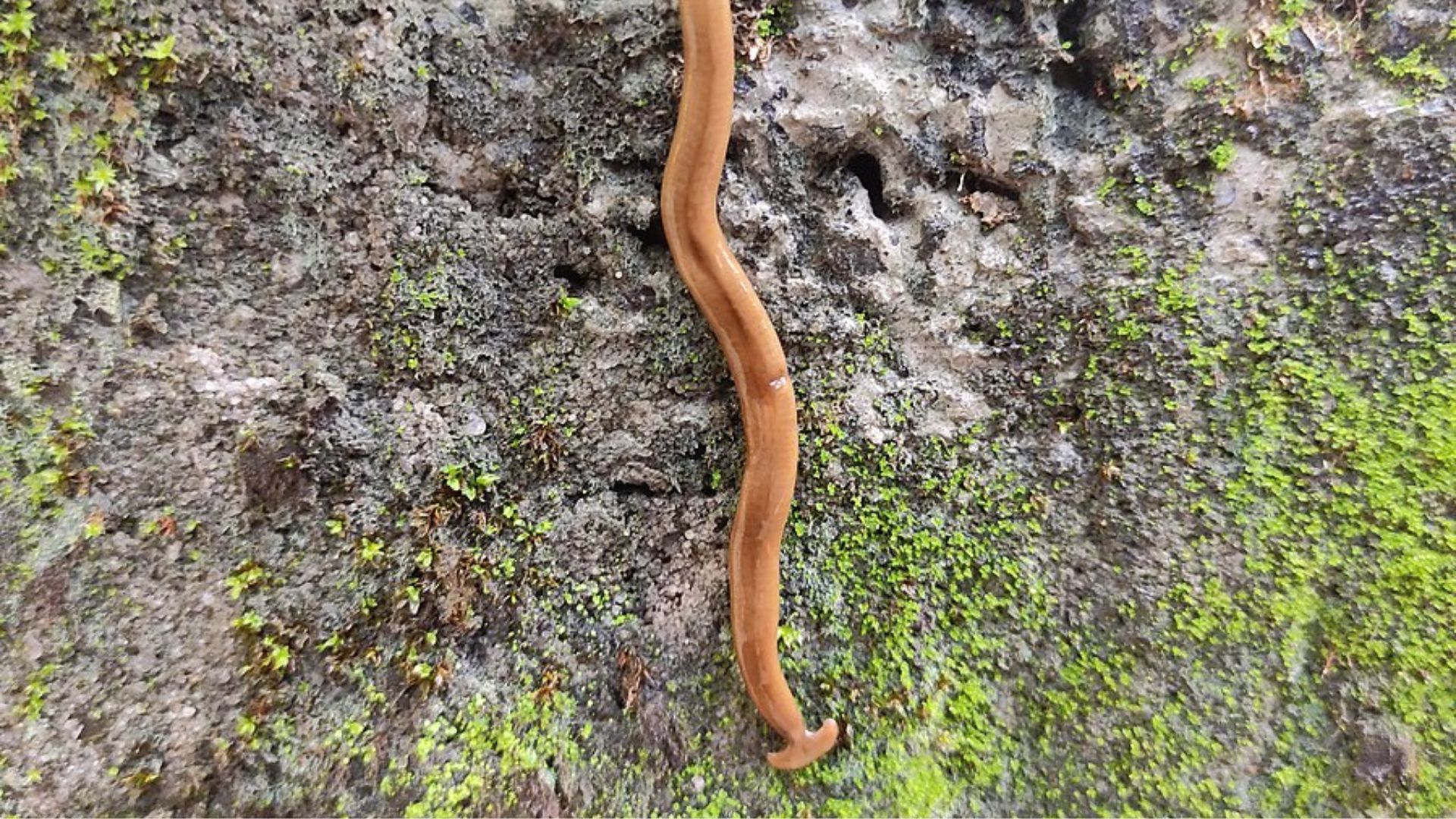
This issue extends beyond Texas; the hammerhead worm has spread to about 30 states, as reported by National Geographic.
Their spread poses significant ecological and public health concerns across the country.
The Global Threat
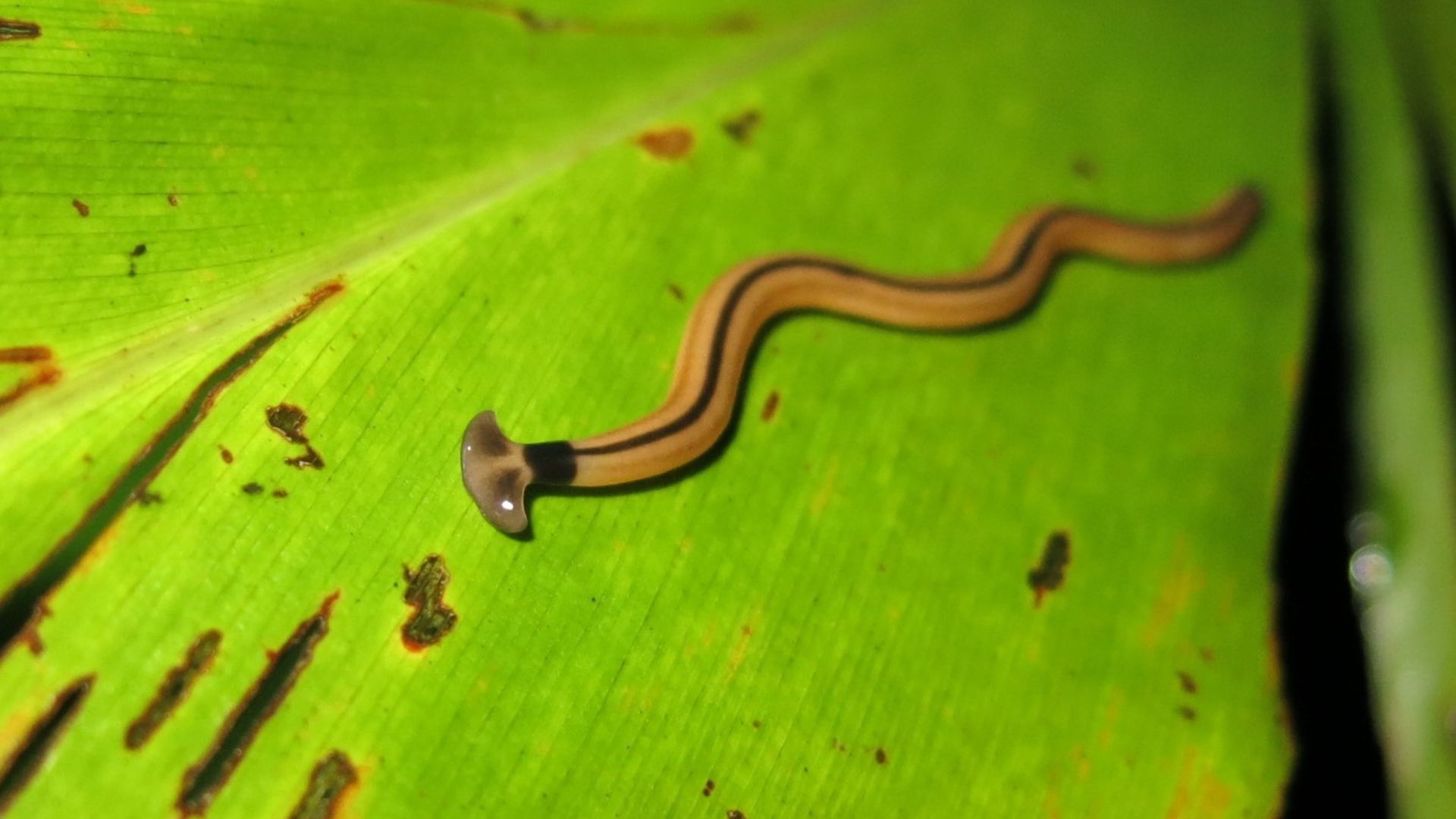
In a striking statement from a 2020 research paper, scientists warn that hammerhead worms are “trying to take over the world.”
Their cannibalistic nature and rapid multiplication could disrupt local ecosystems, especially those dependent on earthworms.
Protecting Texas: Vigilance and Preparedness
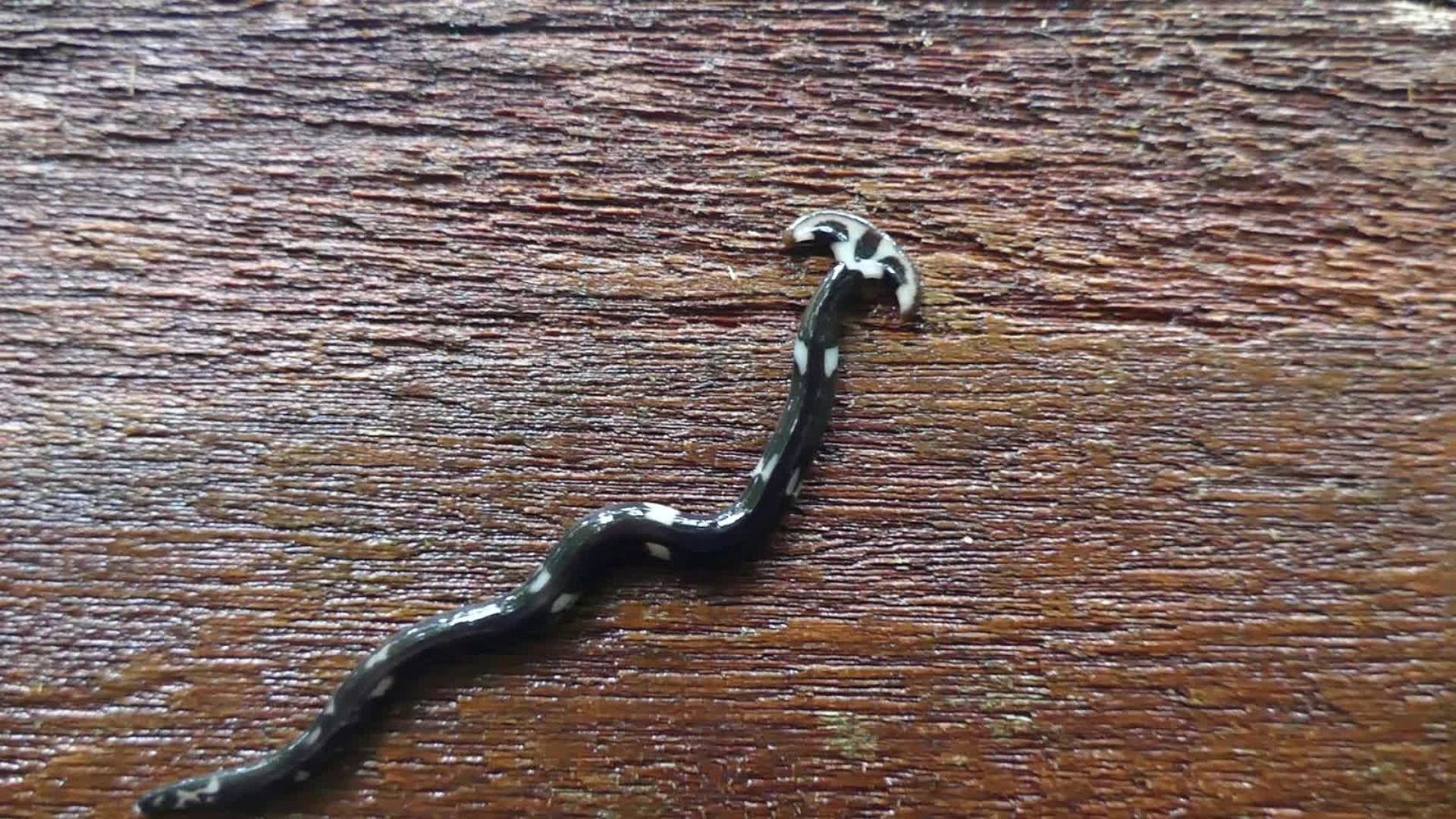
As more storms loom on the horizon, Texans are urged to stay alert.
These toxic invaders are a formidable foe, capable of not just disturbing the peace but also altering ecosystems. Keep an eye out and stay informed to protect your home and your pets from these alien assailants.
